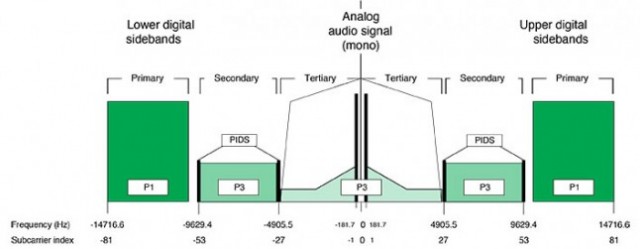SWLing Post contributor, Richard Langley, is not only a dedicated shortwave DXer, but he’s also on the faculty of the Department of Geodesy and Geomatics Engineering at the University of New Brunswick. Additionally, Richard coordinates Innovation: a regular GPS World feature that discusses advances in GPS technology and its applications.
The latest Innovation feature is absolutely fascinating in that it highlights the potential for AM broadcast band HD radio signals (IBOC) to be an effective navigation aid. Richard’s introduction to this article takes us back to the time of Reginald Fessenden:
THE YEAR WAS 1906. On Christmas Eve of that year, Canadian inventor Reginald Fessenden carried out the first amplitude modulation (AM) radio broadcast of voice and music. He used a high-speed alternator capable of rotating at up to 20,000 revolutions per minute (rpm). Connected to an antenna circuit, it generated a continuous wave with a radio frequency equal to the product of the rotation speed and the number of magnetic rotor poles it had. With 360 poles, radio waves of up to about 100 kHz could be generated. However, Fessenden typically used a speed of 10,000 rpm to produce 60 kHz signals. By inserting a water-cooled microphone in the high-power antenna circuit, he amplitude-modulated the transmitted signal. On that Christmas Eve, he played phonograph records, spoke and played the violin with radio operators being amazed at what they heard.
Fessenden had earlier worked with spark-gap transmitters, as these were standard at the time for the transmission of Morse code, or telegraphy, the wireless communication method already in use. But they couldn’t generate a continuous wave and couldn’t produce satisfactory AM signals. But as telegraphy was the chief means of communication, they remained in use for many years along with high-powered alternators and the Poulsen arc transmitter, which could also generate continuous waves.

